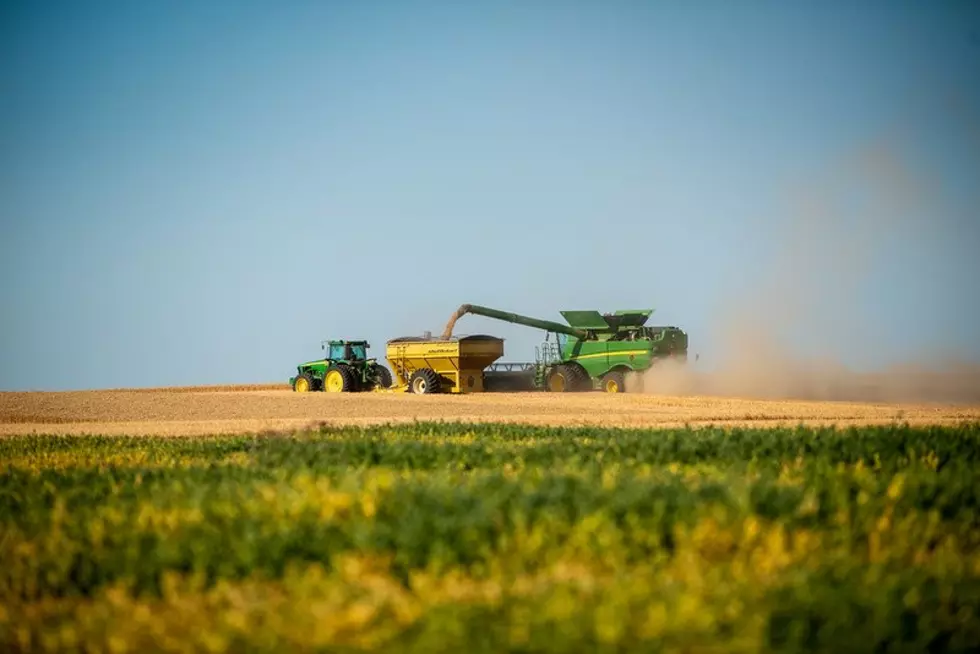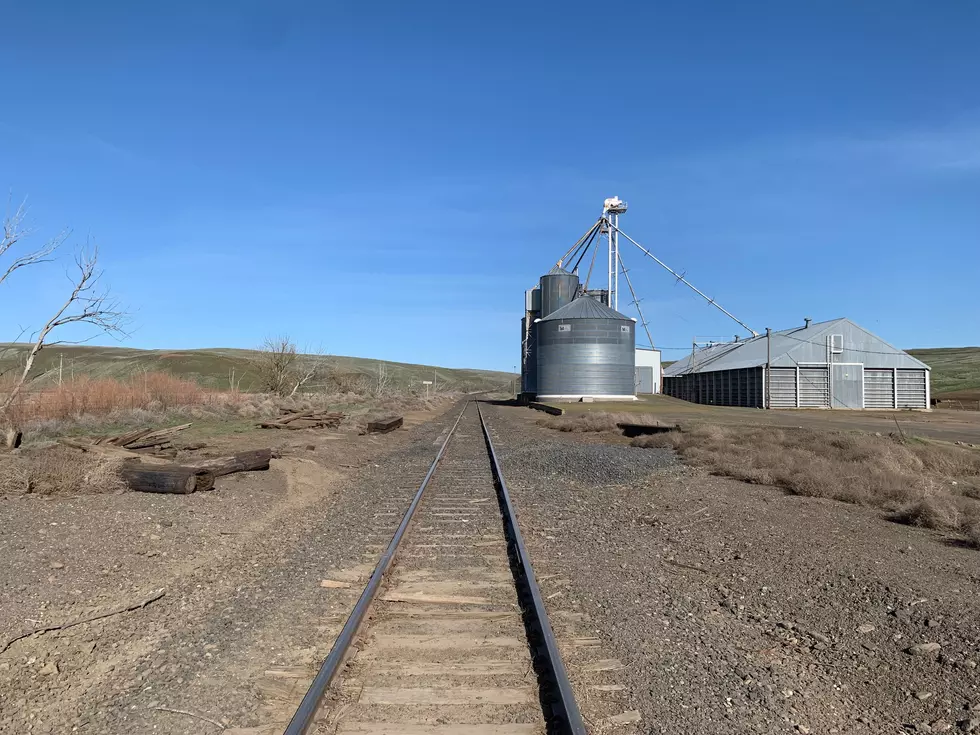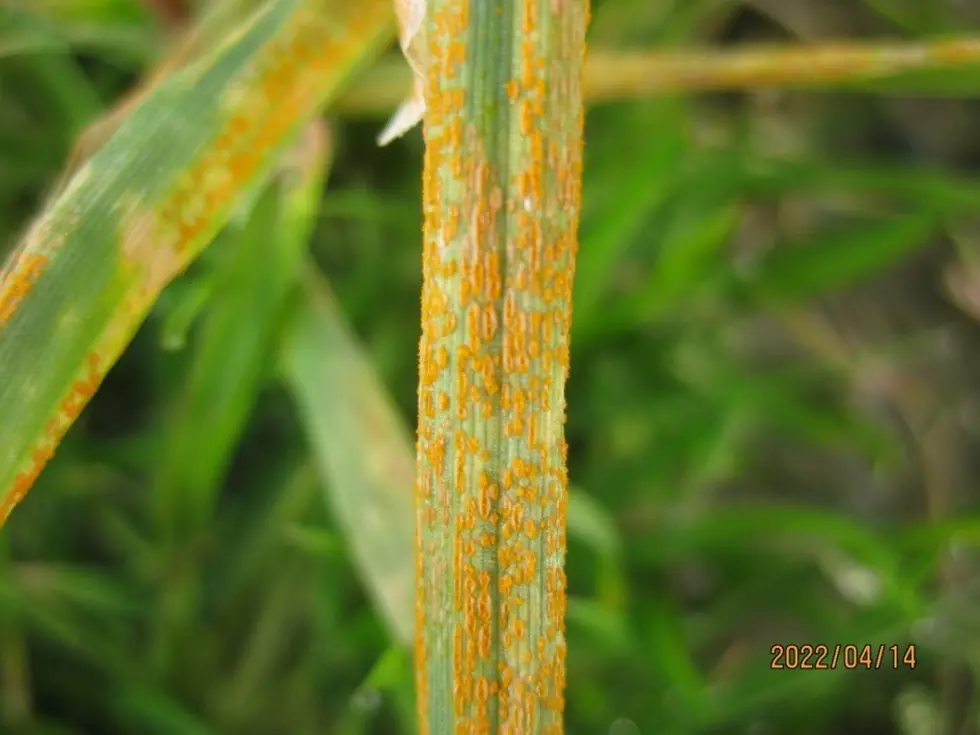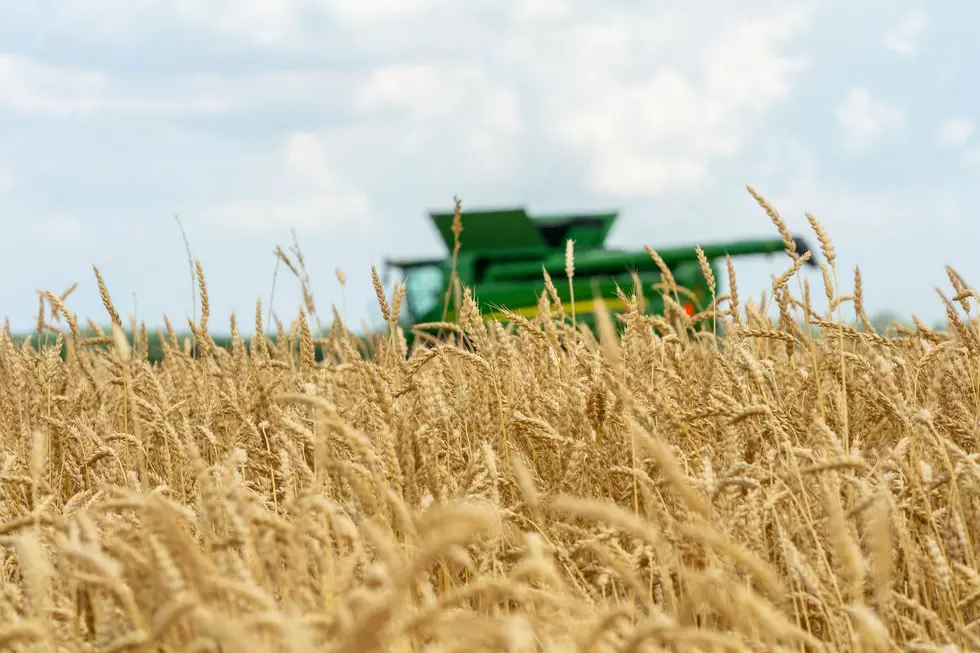
Washington State Sees Severe Stripe Rust Outbreak
Blame the weather for helping to spread striped rust in winter wheat fields in Washington State this year. In fact, this might be the most severe outbreak in many years.
Dan Maxfield, agronomics service representative for Syngenta Crop Protection, says, "Severe is definitely a good word for it. And that's why there's so many producers and retailers and folks really focused on choosing the right fungicide and monitoring weather and scouting for this disease because it can run away from you really quickly."
If you lose too much leaf tissue, the fight is over, but growers can reduce potential yield loss with fungicide treatment. Maxfield explains:
Really our go-to fungicide is Trivapro fungicide. And the reason for that is it's comprised of three fungicides. So it has a triazole, the SDHI fungicide and the strobilurin fungicide. And these three fungicides are really key for a few different reasons, but primarily you shut down the disease that's currently in the field and then you have a really long residual component with that SDHI fungicide.
Depending on where you are in the state, you might see a different stage of the threat level, and scouting your wheat fields is still the best first step in tackling stripe rust.
Washington's Top 10 Commodities
Gallery Credit: Danielle Kootman
Risky reservoirs: Washington counties where aging dams pose the greatest threat
Gallery Credit: Stacker
More From PNW Ag Network









